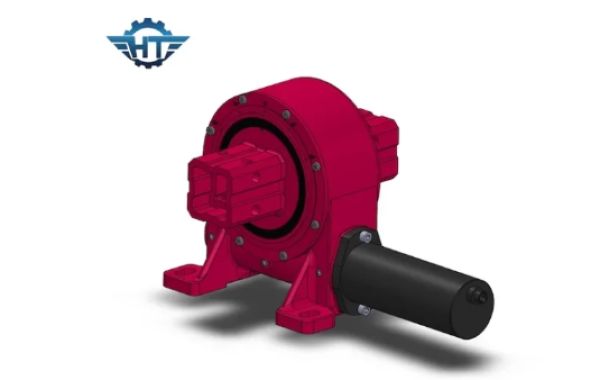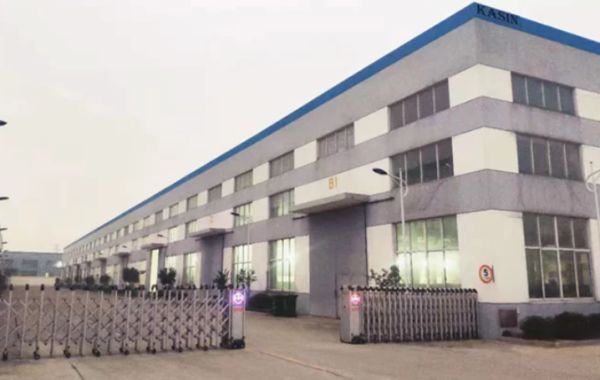Welcome to the future of solar energy! In a world constantly looking for innovative solutions, single-axis solar trackers have become the new tool for harnessing the power of the sun. Gone are the days of fixed panels that passively absorb light. These cutting-edge systems follow the sun's path across the sky, maximizing energy production like never before. Today, we delve into their myriad benefits—from increased efficiency and cost-effectiveness to the environmental benefits that could revolutionize our approach to renewable energy.
Introduction to Solar Tracking Systems
Solar tracking systems are devices that track the path of the sun and adjust the position of solar panels so that they can receive the maximum amount of sunlight. Solar tracking systems can increase the amount of electricity produced by a solar panel by up to 30%.
There are two main types of solar tracking systems: single axis and dual axis. Single axis solar tracking systems follow the sun's path from east to west, while dual axis systems also track the sun's movement from north to south. Dual axis systems are more expensive than single axis systems, but they are more efficient at collecting sunlight.
Solar tracking systems can be used with any type of solar panel, but they are most commonly used with photovoltaic (PV) cells. PV cells are made from materials that convert sunlight into electricity. When PV cells are exposed to sunlight, they create an electric field that generates a current. The more light that hits the PV cell, the more electricity is produced.
Solar tracking systems help PV cells produce more electricity by increasing the amount of time that they are exposed to sunlight. For example, a PV cell on a fixed mount will only receive direct sunlight for part of the day as the sun moves across the sky. A PV cell on a single axis tracker will receive direct sunlight for a longer period of time each day, resulting in increased electricity production.
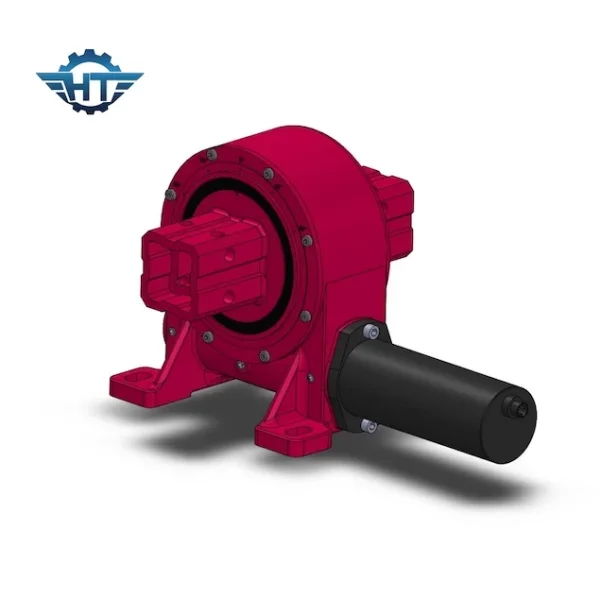
What is a Single Axis Solar Tracking System?
A single axis solar tracking system is a device that tracks the movement of the sun across the sky throughout the day and adjusts the angle of a solar panel to optimize its exposure to sunlight. This results in increased electricity production from the solar panel and can improve the overall efficiency of a solar energy system. Single axis tracking systems are most commonly used in large-scale commercial and utility-scale solar projects, but are also becoming more popular for residential applications.
There are two main types of single axis tracking systems – horizontal and vertical. Horizontal single axis trackers have the longest range of motion and can follow the sun from east to west throughout the day. Vertical single axis trackers have a shorter range of motion but can tilt up or down to optimize sunlight exposure depending on the time of day.
Single axis tracking systems typically use motors or hydraulics to move the solar panel, and can be controlled manually or automatically. Some systems also include features like weather sensors that help them adjust to changes in sunlight conditions throughout the day.
Advantages of Single Axis Solar Tracking Systems
There are a number of advantages to using single axis solar tracking systems for your PV array. First, they can increase the amount of power that your panels generate by up to 30%. This can be a significant boost, especially if you live in an area with lots of sun. Additionally, single axis trackers can help to reduce the cost of your overall system by decreasing the amount of material required. They also take up less space than fixed arrays, making them ideal for smaller properties.
- Increased Energy Output
Single axis solar tracking systems offer a number of advantages over fixed-mount systems, including increased energy output.
The main advantage of a single axis tracker is that it allows the PV panels to follow the sun throughout the day, which results in a significant increase in energy output. In fact, studies have shown that tracking systems can increase energy output by up to 35% compared to fixed-mount systems.
In addition to increased energy output, single axis trackers also offer a number of other advantages. For example, they can reduce shading losses and improve panel efficiency. They also tend to be more durable and require less maintenance than fixed-mount systems.
- Increased Efficiency
One of the main advantages of single axis solar tracking systems is that they are much more efficient than fixed systems. This is because they are able to track the Sun throughout the day and so can capture more energy. In addition, they can also be used in a wider range of locations as they can be installed on rooftops, in fields or even on water.
- Reduced Installation Costs
The main advantage of a single axis solar tracking system is that it reduces installation costs. By tracking the sun throughout the day, a single axis system ensures that the solar panels are always perpendicular to the sun’s rays, resulting in maximum power output. In addition, single axis systems can be installed with fewer supports than traditional fixed-mount systems, further reducing installation costs.
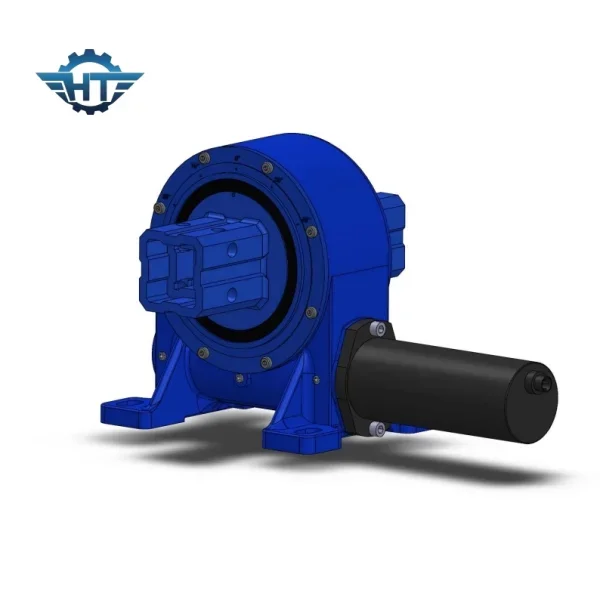
Disadvantages of Single Axis Solar Tracking Systems
There are a few disadvantages of single axis solar tracking systems to consider before you make your final decision on whether or not to install one. One disadvantage is that they can be more expensive than fixed solar panels. Fixed solar panels are less expensive because they don’t require the additional motors and mechanical parts that are necessary for a tracking system.
Another potential disadvantage of a single axis tracker is that it only tracks the sun during the day. This means that if there are cloudy days or if the sun goes down, your system isn’t working as efficiently as it could be. You may want to consider a dual axis tracker, which tracks the sun both during the day and at night, if you want your system to be working at its full potential all the time.
Single axis trackers can take up more space than fixed panels because of their mechanical parts and larger size. If you have limited space, this may not be the best option for you.
There are some advantages and disadvantages of single axis solar tracking systems to consider before making your final decision. Weighing these factors will help you determine whether a tracking system is right for you and your home.
Types of Single Axis Trackers Available
There are three main types of single axis trackers available on the market today:
1. Horizontal Single Axis Trackers
2. Vertical Single Axis Trackers
3. Azimuth-Elevation Single Axis Trackers
Horizontal single axis trackers are the most common type of tracker used in residential and commercial solar installations. They are simple to install and operate, and can be easily integrated into existing PV systems. Vertical single axis trackers are typically used in large-scale commercial and utility-grade solar installations. Azimuth-elevation single axis trackers are the most complex type of tracker, and are typically only used in very large-scale installations, such as utility-grade solar farms.
All single axis trackers are designed to follow the path of the sun and maximize the performance of solar photovoltaic systems. They can be used in both small-scale residential projects as well as large-scale utility-grade projects.
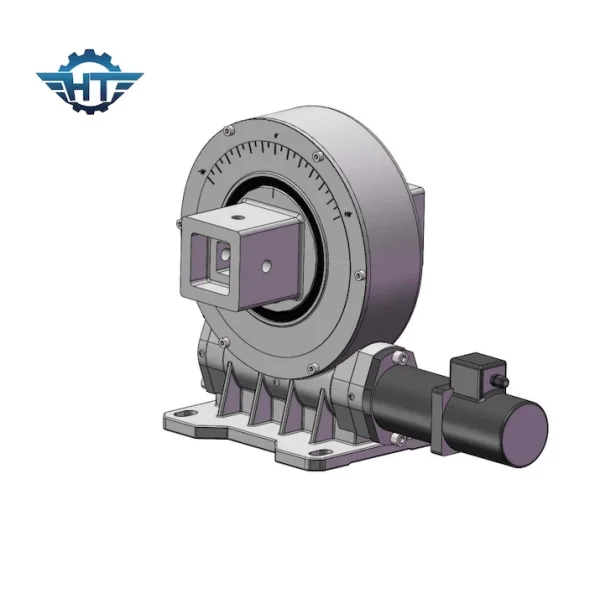
Conclusion
Single axis solar tracking systems offer many advantages over traditional fixed-mount photovoltaic (PV) systems. These systems have higher energy yields, improved aesthetics, and they are more cost effective in the long run. Furthermore, single axis solar tracking systems require less maintenance than other types of PV installations and can be used in a wide variety of applications. With its numerous benefits, single axis solar tracking is an ideal choice for those looking to maximize their investment and take advantage of the full potential of renewable energy sources.
Changzhou Hangtuo Mechanical Co., Ltd is a high-tech enterprise integrated with research and development, production and sales. We focus on the research and development of slew bearings, high-precision slew drives, and planetary gear motors. We are committed to provide customers with reliable, diversified, high-quality and customized solutions.Welcome to inquiry if you need to know more about single axis solar tracking systems details or order wholesale.
